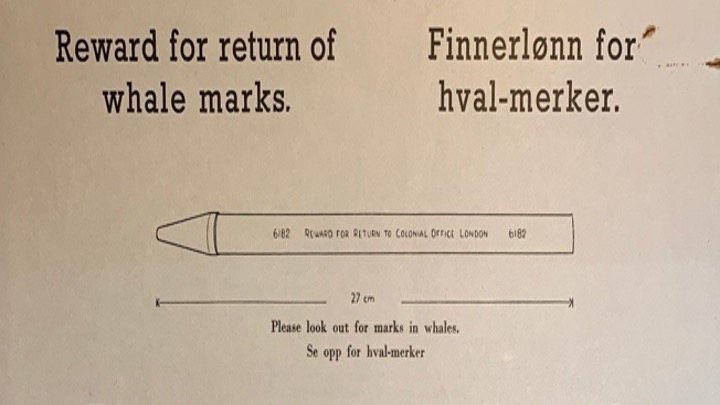
Antarctic blue whales (Balaenoptera musculus intermedia) were hunted nearly to the brink of extinction during 20th century whaling. Effective management of this recovering population requires a better understanding of population structure to test the long-standing assumption that they are a single circumpolar population.
We investigated this assumption by analyzing historical mark-recovery data from the Discovery marking scheme. I use Bayesian models that integrate abundance data to estimate inter-season movement rates among the three ocean basins in the Southern Ocean (Atlantic, Indian, and Pacific), finding high probabilities of inter-season movement in almost all directions. These high rates of movement suggest that there is little evidence for population structure arising from geographic separation between Antarctic blue whales in the Southern Ocean.
Preliminary results from this project were presented at the International Whaling Commission Scientific Committee meeting in 2022, and as a SAFS Quantitative Seminar at the University of Washington.
Rand Z.R., Branch, T. A. and Jackson J. A. (2024). High historical movement rates of Antarctic blue whales (Balaenoptera musculus intermedia) on Southern Ocean feeding grounds estimated from Discovery marks. Endangered Species Research. 55: 109-128.